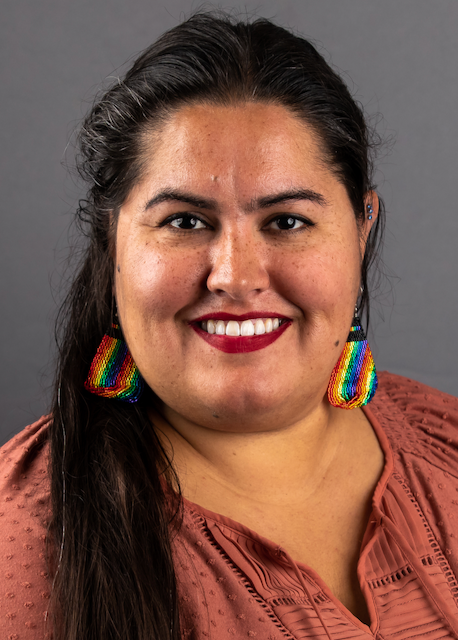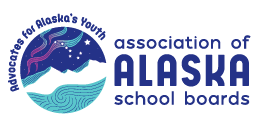New School Board Member Orientation

Tiffany Jackson, Director of Membership Services
With elections just behind us, how you orient and onboard your new board members should be on the forefront of your mind. Think back to when you were brand new on the board, what were questions you had? I know I had a lot! What is my role when it comes to: curriculum, the budget, personnel, students! What are the customs of the board, how am I going to get my information on the board, what do I say when people come up to me with concerns? When are the board meetings? Where are the board meetings? What does the board do for professional development? Am I expected to travel, if so when, where, and how?
As lifelong learners, you probably recognize that you are always going to have questions as a board member. That’s why it is so important for the district to have a good orientation and onboarding process.
What is orientation? Orientation is the act or process of acquainting with the existing situation or environment. For School Board members, it’s starting to get an answer to all the questions above, in addition to learning the district’s Vision, Mission, Strategic Plan, and more! Onboarding is taking the orientation process, and expanding upon it for a longer period of time. As a new board member, you want to know who’s responsible for ensuring you are provided all this information. For existing board members, Superintendents, and Executive Administrative Assistants, pieces of the orientation program may rest on their shoulders.
Board Policy 9230 talks about orientation of new School Board members. Part of this orientation is inviting School Board Candidates to attend School Board meetings before they are even elected to the Board so they can become familiar with issues the board is currently facing. This policy says the Superintendent will cooperate impartially with all candidates to provide them information about district activities and school programs.
This policy also says the BOARD and the Superintendent will help each newly elected member to understand the School Board’s commitment to Board Standards, district operations and the School Board’s functions, policies and procedures as soon after election as possible. While this policy also says School Board members are encouraged to read the School Board’s policies and informational material, we understand that undertaking the policy manual with its over 400 policies and nearly 900 pages can be daunting. What we DO recommend is taking time to read the 9000’s of the policy manual which is the Bylaws of the Board, and learning how the policy manual is laid out so you can find answers in it when you have questions.
Your policy may also say that incoming members may attend, at district expense, workshops for newly elected members, including such workshops conducted by the Association of Alaska School Boards. At our annual conference we have the Ready Set Govern session especially for newly elected members of the Board, and starting in January, AASB will be hosting the First Term Board Member Webinar series. This webinar series will be hosted nearly every Tuesday from January 9th through March covering topics like Board Standards, School Law Basics, School Finance, the Board and the Budget, and more! Best of all, the webinar series is free. For more information check out the session descriptions, dates, and registration information here.
All this is to say, there are probably as many different School Board orientation programs as there are school districts. Sometimes it is the Superintendent and the Board President working with newly elected members. Sometimes the Executive Administrative Assistant provides parts of the orientation program. Sometimes different directors in the district are asked to participate. The key is to find out who to contact when you have questions, because you will have questions. A good orientation program will provide you with a lot of information up front, and follow it up with additional information during an ongoing onboarding process. Some boards do this through regular workshops of the board throughout the year.
Finally, the Association of Alaska School Boards also stands by to assist you as you learn your new role as a School Board Member. We receive calls every day from School Board members just like you, so don’t hesitate to let us know if you have any questions we might be able to help you with. You can also email us at aasb@aasb.org.
